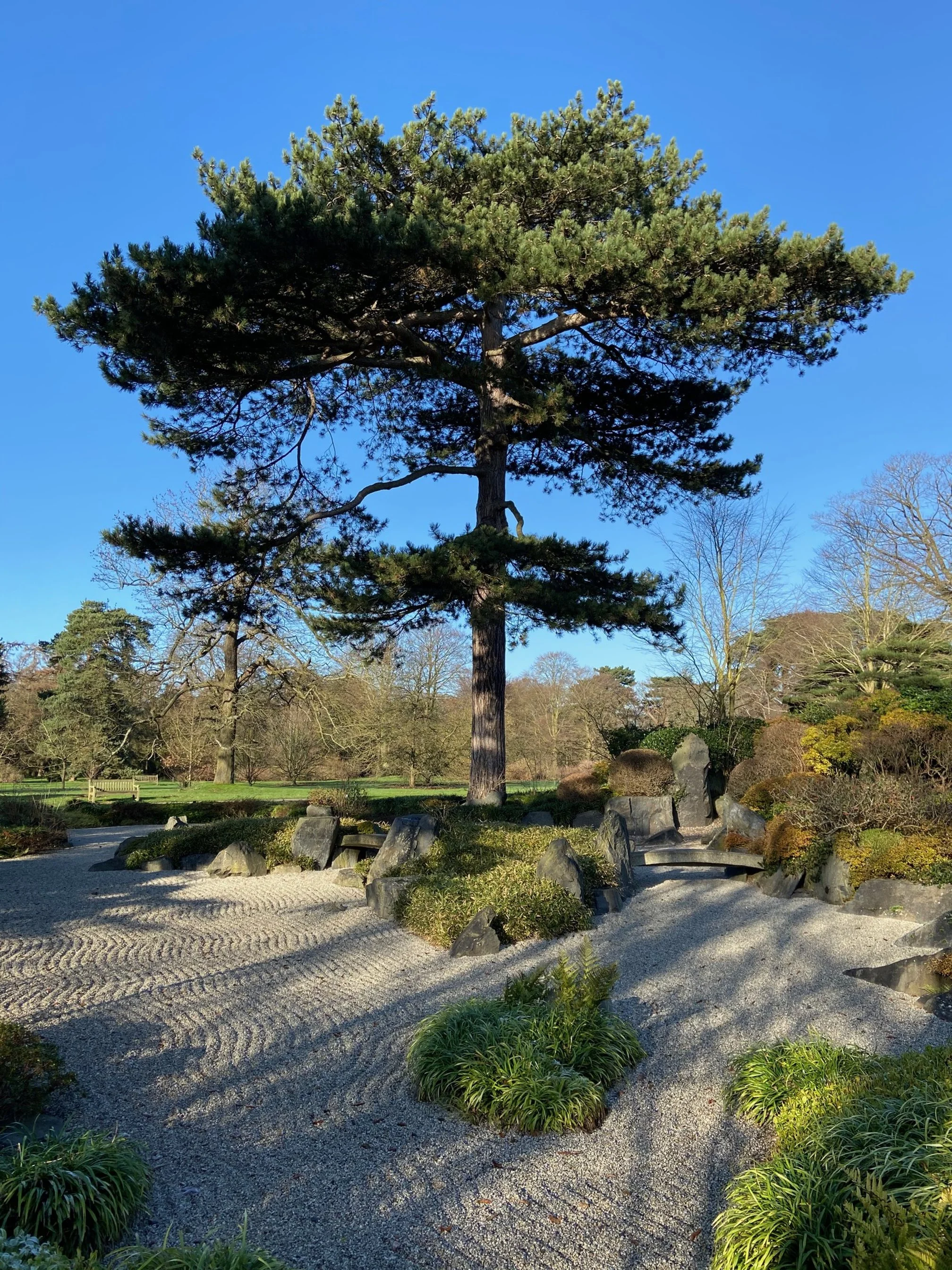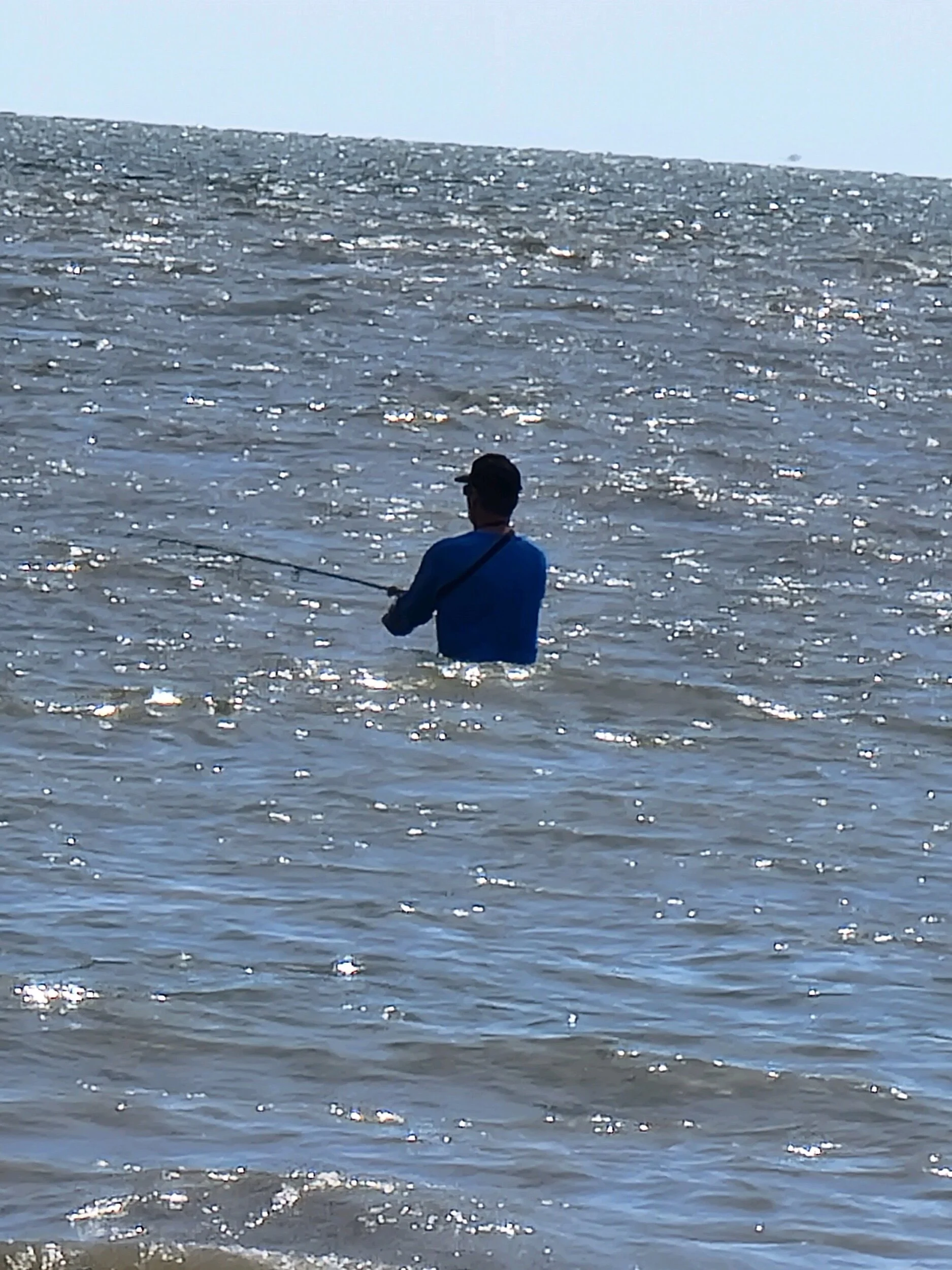How I Fell In Love With Land
A life of dirt, dust, mud and muck!
The early days:
During my childhood, me and the neighborhood kids had a solid relationship with dirt. At age 4 or 5, our height gave us the advantage of being close to the ground surface and being kids, the flexibility and ambition to go ahead and squat down, crawl around and enjoy it. There were no electronic distractions of any kind indoors, only black & white TV with 3 channels and the rest of the neighborhood kids to figure out what to do (and who to do it with next). We often wound up outdoors and that meant playing in the dirt. Our universal play toys were shovels and buckets. Digging a hole, building berms, filling the bucket with water and dumping it in the hole we dug was a typical activity. Not sure why, or what the end goal was, but dirt in the hands and on the clothes was our pastime. For some reason I remember digging the muck out of the bottom of the hole and watching it squeeze through my fingers and plop back in, causing little waves to wash up against our berm “hills”. We imagined big things - like it was a lake with a shoreline surrounded by hills. Fresh mud smelled good and I clearly remember this today, 60+ years down the road.
Later on:
In Junior High and High School I did a lot of fishing and hunting. That meant country dirt and it’s not always the same as city dirt. There was a dairy farm in the Ohop Valley between Eatonville and McKenna, Washington, where a trusting farmer let us set up our duck blind and shoot up the sky. We had to walk all the way to the end of the valley and it was right through the low drainage of the dairy cow pasture. That’s where the standing water was and it meant that’s where the ducks would wheel in for landing (or maybe a load of #4’s). Pouring rain, and black soil saturated with cow manure make a certain kind of muck that would suck the hip boots right off our legs and it routinely popped the snaps securing our hip boots to our belt loops. ‘Ya sink in about 6” inches every step and with a 12 gauge, 2 boxes of #4 shot shells in the pockets and a duffel bag full of decoys, it was real work. The true definition of trudging. Trudge…suck…repeat…
E.W. dirt:
Washington state natives call the eastern half of the state E.W. for short and I went to college in Ellensburg, a small E.W. cow town. Being that Washington has two distinct climates created by the Cascade Mountain range, the desert dirt in E.W. was brand new to me. Unknown to many, the east side of the Cascades is actually an arid desert climate. Between classes, or instead of them, we would go Chukar Partridge hunting during the fall/winter; then fly fishing for trout in the spring. The E.W. dirt was very rough and granular and created a dry rattling and rustling crunch with every step. It didn’t help in trying to sneak up on Chukar coveys and with the varied mix of pebble colors in the dirt, it made run-ons with rattlesnakes common. They blended right in until the last second and there were a lot of them around trying to blend in. The soil conditions were ideal for cactus and sage brush. We avoided brushing up against the cactus to save the lower half of our legs, but we always intentionally brushed up against the sagebrush. The sage there had a combined peppery and sweet smell and it stayed on our clothes all the way back to our college dorm. We usually shot a Chukar or two, or maybe a Hungarian Partridge, and we could taste the sage in the cooked birds at dinner…natures own seasoning.
Dirt as a business:
Having played and recreated in the dirt I had never imagined it as a business until much later. Regular readers know that I fell into land development by mistake. After college I spent 13 years working for a pharmaceutical company in sales. I left on December 28, 1993. The very next day I was in charge of developing 9 residential land development projects totaling just under 4,000 acres. Bam! .. just like that! The projects were mostly designated forest land for tax purposes, but later converted into large residential lots - building-permit-ready. Unlike E.W., Western Washington is the reason why they call it the evergreen state and there are 12 major soil orders (classifications) there. I don’t know how many sub-orders but let’s just agree that the soils are “mixed”. I had a fresh water fen in one of my projects. A fen is like a peat bog in Ireland, just a different floating vegetation mat on top. Fens are not common in Washington and the dirt in my project had everything to do with it’s creation and continued existence. The iron in the soil and the pH of the water created this one-of-a-kind natural feature.
In the end, like in the beginning, this stage of my relationship with dirt still has shovels and buckets, water-filled holes, berms and also hills. They are just a little bigger than in the beginning. Seems to me like I have come full circle in my on-going relationship with dirt.
Stay safe!
Contact me at: ldr@landdevelopmentrealities.com





